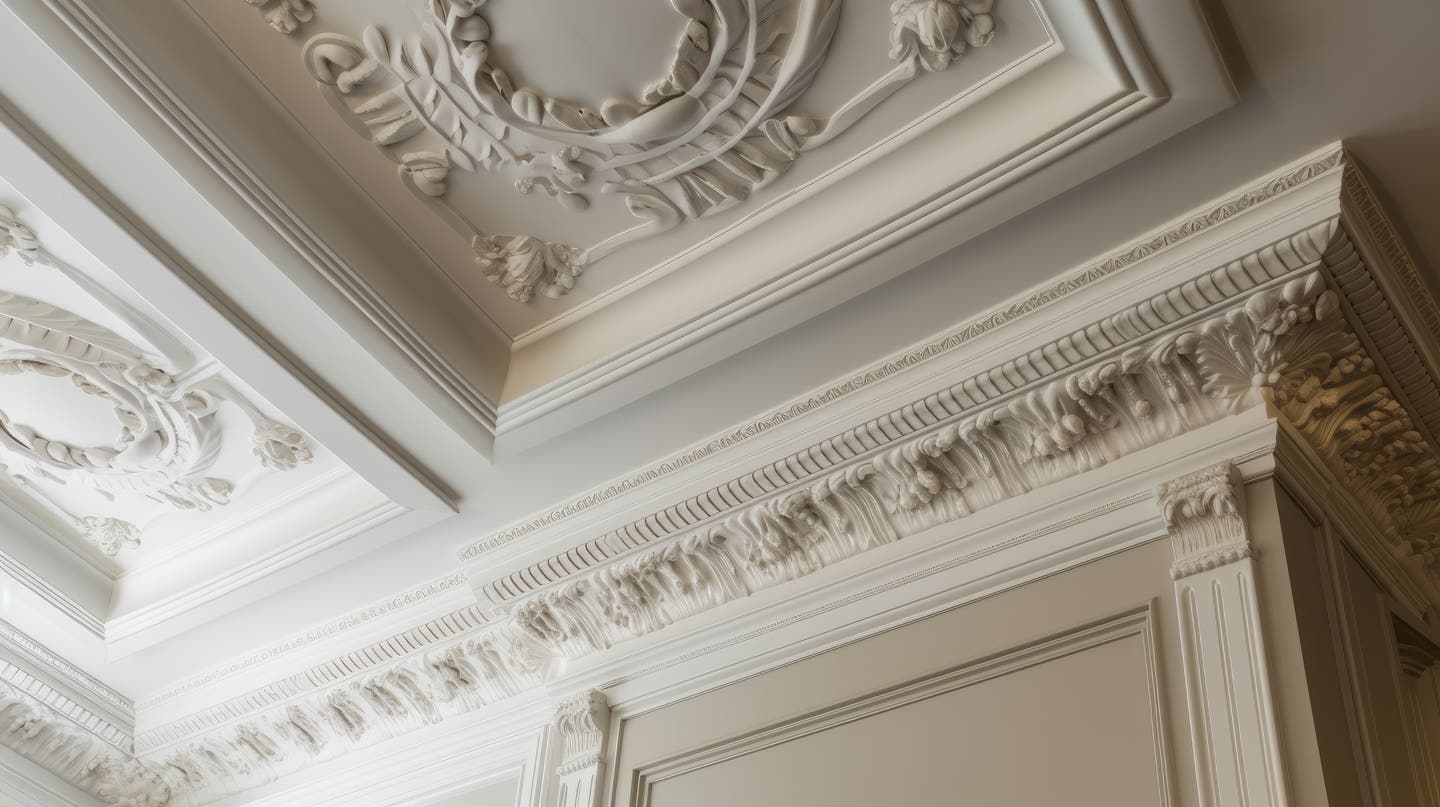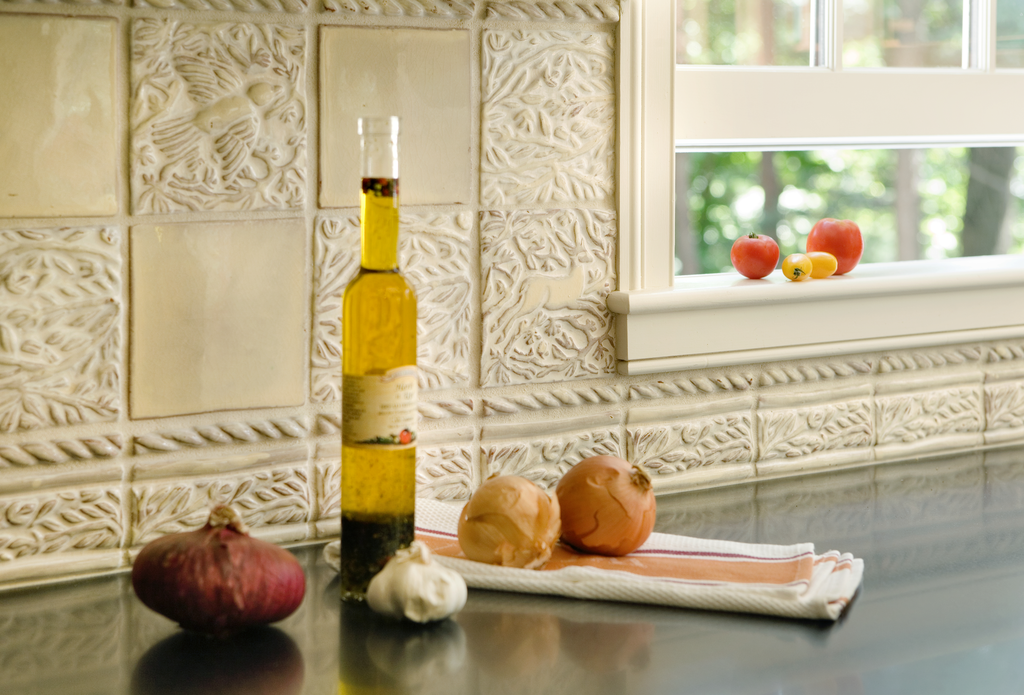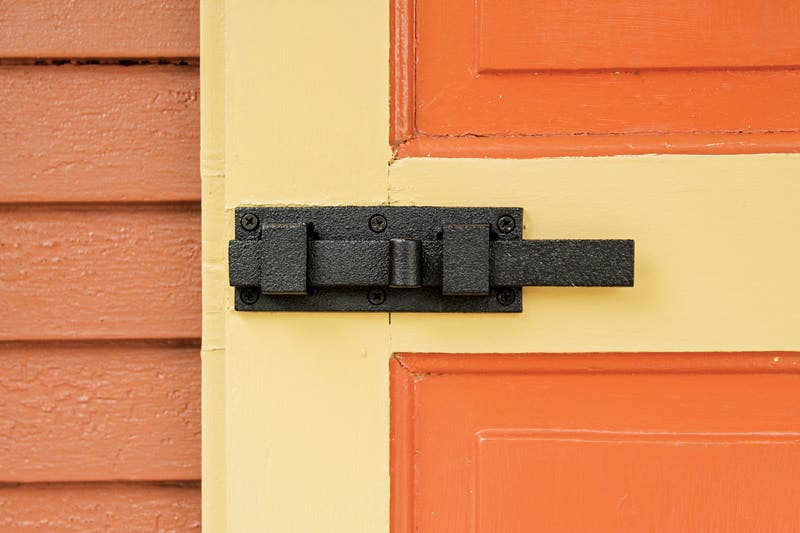
Product Reports
The Short Course on Shutter Hardware

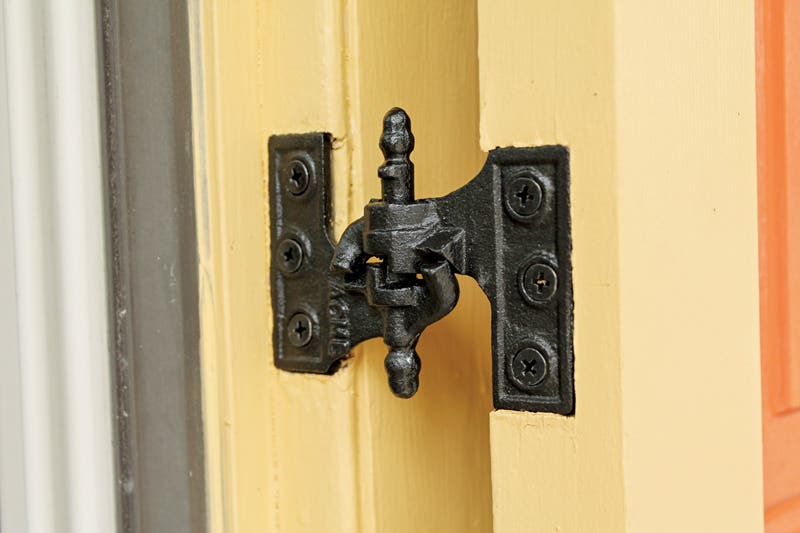
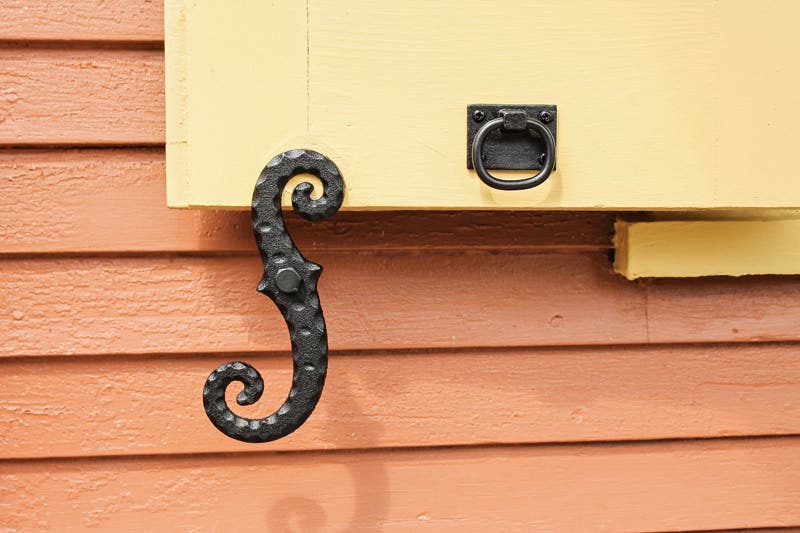
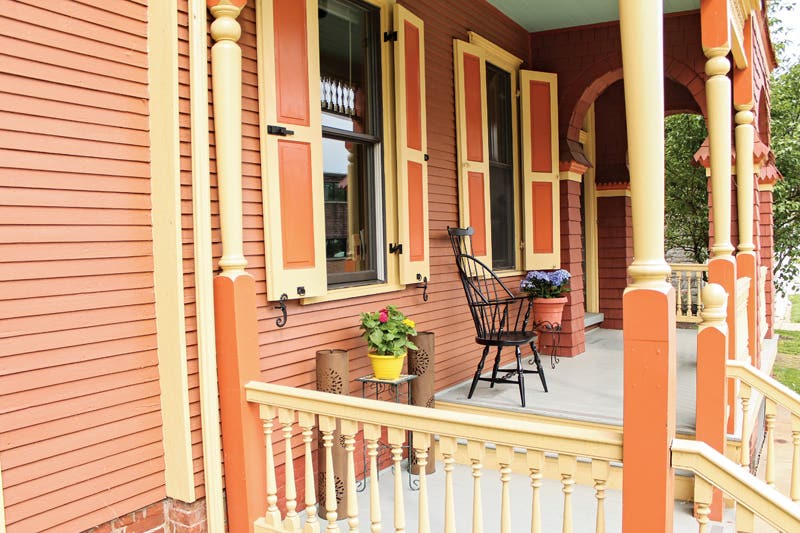
Window shutters and blinds are timeless traditional features on houses, often reduced to ornaments but originally highly practical and essential for sun and storm protection, security, and privacy. That capability gets overlooked today when people forget how shutters are designed to operate and the kinds of hardware that make them work. To learn more about classic working shutter hardware, both historic and updated, and the window construction issues they’re designed to address, we talked to Brant Hershey and Ryan Martin at John Wright Company in Wrightsville, Pennsylvania, a family-run business who have been manufacturing these products for over a century.
Shutter Hinge-ology
Perhaps the most inventive and ubiquitous example of shutter hardware at John Wright Company is the Acme, Lull & Porter hinge—or ALP for short. Still at work by the thousands across the country, these devices were considered among the oldest shutter hinge types even in 1906. As befits a 19th-century patented product, the Acme, Lull & Porter is cast in iron with a clever, gravity-locking device that helps hold the shutter against the building when it’s open. Like door butt hinges, one side of the hinge is let in (mortised) to the edge of the shutter, while the other side is let in to the window casing so, when the shutter is closed, only the locking device is exposed. Acme, Lull & Porter hinges are made in various sizes and throws (leaf dimensions) so that they open the shutter out and away from the window casing and clear any obstructions. “Our Acme, Lull & Porter hinges are made off of the original Wrightsville Hardware patterns (replicas of the object to be cast) from around the 1880s,” says Martin. “so if you need to replace a hinge from 80 years ago—say, because of storm damage—you can remove the damaged hinge, substitute it with one of ours, and it will be a direct replacement, down to having the screw holes line up and fitting in the same mortises in the wood.”
A close cousin of the Acme, Lull & Porter hinge is the Clark’s Tip hinge, a Wrightsville Hardware product highlighted in construction literature as early as 1899. A surface-mount hinge rather than a mortise hinge, it attaches to the outside face of the shutter and window trim, “It’s called a blind hinge,” says Martin, in part because it’s hidden by the open shutter, “and it’s popular for masonry and brick-building applications.” The Clark’s Tip hinge was also designed originally so that, when the shutters are open, no part of the hinge protrudes into the window opening, leaving it clear to hang storm sash. They are made for shutters that hang flush with the window casing and, again, the hinge size must be selected for the required throw. “It’s a lift-off hinge that locks, but the pivoting and locking mechanism is the same as for the Acme, Lull & Porter,” he says.
It also shares the same cast-iron construction, and with good reason. “You can create architectural shapes with castings that you can’t do any other way,” says Hershey, “so unlike stamped steel products that are on the market, you get three dimensions.” In addition, cast iron is both strong and rigid. “You can’t bend an iron casting with your bare hands,” adds Martin, “so as long as it’s installed properly and not abused, it will stay in position for years.”
The third iconic product in the John Wright line-up is the New York Style hinge. Explains Hershey, “This is a traditional take on a strap hinge that is popular in the Northeast,” a region where shutters and blinds were customarily set flush with the outside casing. The bend or offset near the eye produces the hinge’s throw, which traditionally can be as much as 4 inches for brick buildings. Each leaf surface mounts to the outside of the shutter and swings on a pintel (an upright pin) attached to building. “The L-shape allows the leaf to go around the corner of the shutter,” he says, “and provides a solid way to get more screws into a relatively small hinge—particularly where the shutter does not provide room for long strap hinge or does not have battens on the back.” He adds that the New York hinge will actually help hold the shutter together at corner joinery, a common weak spot, plus “a lot of people just like the way it looks.”
For mounting to the building, the company has a jamb pintle that is fastened with three wood screws, and a lag-screw pintle designed for brick and masonry applications. “Generally, you don’t want fasteners near the edge of brick,” explains Martin, “because when you load them, they might flip the brick out.” He adds that historic brick is often much softer than modern hard brick, again making it prudent to avoid edges or position screws close together.
Gravity-lock hinges technically do not need additional hardware to hold shutters open, but New York style and other pintle-mount hinges do, and historically they employ pivoted devices called shutter dogs (also called shutter catches or holdbacks). The mechanics are simple but the forms can be diverse and highly decorative. “Ours are often based on traditional designs,” says Martin, “where say a blacksmith started making hardware a certain way, then it caught on and became associated with a certain area—typically the source of the name and where it is still popular.” He adds, “Along with all our cast-iron designs, we do forged shutter dogs, one stainless-steel shutter dog, and one cast aluminum shutter dog, which is reversible too.” In some applications and traditions, a long hook-and-eye will also hold shutters open.
Serving the Shutter Market
If you think that functional, traditional shutter hardware is a romantic or “buggy-whip” business, think again. “We sell all over the country,” says Hershey, “with big markets for functional shutters down South and along the Southeast Coast—the Carolinas and Florida especially, but also Texas, Louisiana, Virginia, and Maryland.” He says customers are a mix of older homes being restored, and new-home owners that seek authenticity. “After spending hundreds of thousands of dollars, they don’t want to nail or screw their shutters to the siding, they want all the final details right.” Moreover, shutter protection is a notion whose time has come again. “Increasingly frequent hurricanes and changing building codes mean a lot more functional shutters are being mandated—or at least desired by homeowners—in the South.” And while the business is primarily residential, Martin says they do serve some institutional clients, “private schools, colleges, universities, and the like, particularly older ones that have historic architecture.”
Along with their long-running commitment to historic shutter hinges, John Wright Company continues to look for ways to keep their hardware line in-step with 21st-century needs as well as grow it with like-minded products. “These days, everything is about being more maintenance free,” says Martin, “so we’ve tried to balance our classic designs and old-school quality with modern techniques.” At the top of the list is WeatherWright finish, where hardware is first zinc-plated, then powder-coated to resist UV rays. This finish is available on most products, “but some people want the raw, bare-iron hinges, so we offer them both ways.”
Another shutter enhancement they’ve devised is a magnetic shutter dog holder. “It’s essentially a stop that holds the shutter against the dog so you don’t get any chattering or rattling in the wind,” explains Hershey. Since the dog holder is magnetic, when it’s attached to the shutter it sticks to the dog metal and keeps the two together, but can be separated readily. And for those customers who have shutters that they don’t ever intend to operate, they offer some faux shutter hardware—still quality cast iron, but without the effort and expense of installing fully functional hardware.
From here it’s a short step to a totally in-house hardware design that serves a specific need, such as a Bermuda-style hinge. The idea is that the shutter can be hung from its top and propped open with a hook-and-eye so as to provide shade but still allow ventilation. “It’s not handed,” says Hershey “so the user can remove the ends and the cotter pins, change its orientation, and make it left-handed or right-handed as desired.” He adds that the hinge is very robust with extra gusseting in the casting and protected by the WeatherWright finish.
From time-to-time, the company even scouts out historic buildings for hardware items that they can reproduce, modify, or bring back in some way, such as their Colonial Knob Latch or Porch Post Base. “Sometimes we’ll take a traditional design and reproduce it aluminum with a stainless-steel fastener so that it won’t rust in a really harsh coastal environment,” says Martin. In fact, the inspiration for their Bridge Bracket came from the arches of the historic Wrightsville Bridge—just a stone’s throw from the Wrightsville Hardware Company original foundry.
Wright Place, Right Time
John Wright Company, a fourth-generation, family-run business, traces its ties with the hardware industry through Wrightsville Hardware Company, which began around 1880. Wrightsville Hardware Company was an eastern Pennsylvania manufacturer known nationally for cast-iron kitchen wares such as coffee grinders and waffle irons, and hardware from shoe scrapers. Decades later, Wrightsville Hardware became part of John Wright Company, started in 1947 by seasoned designers and foundry men Don Smith and Ed Musser, bringing all of the historic patterns and designs under the roof of a business devoted to heirloom-quality hardware and home accents.
Gordon Bock, co-author of The Vintage House (www.vintagehousebook.com), is an in-demand speaker for courses, seminars, and keynote addresses through www.gordonbock.com.




